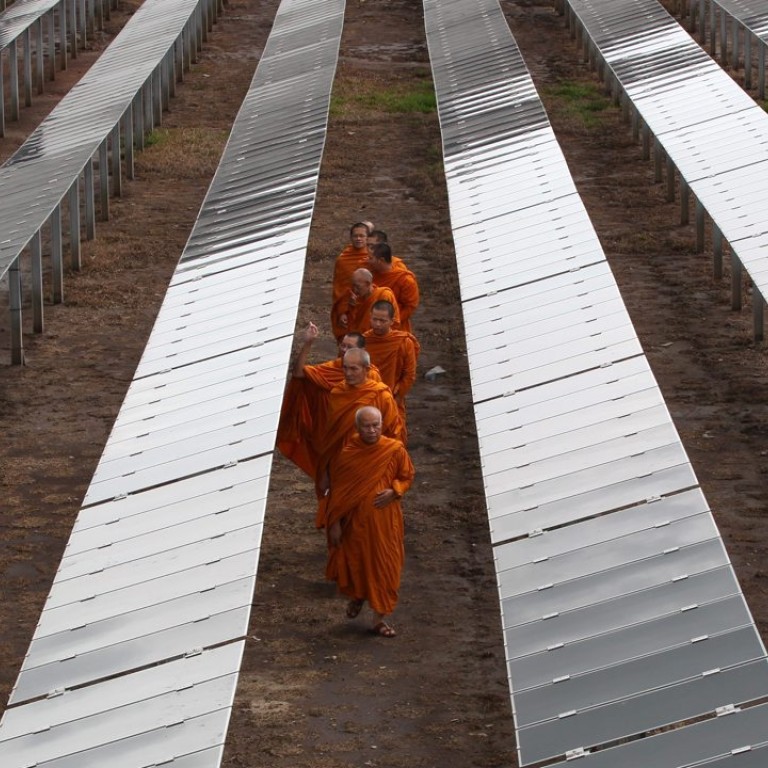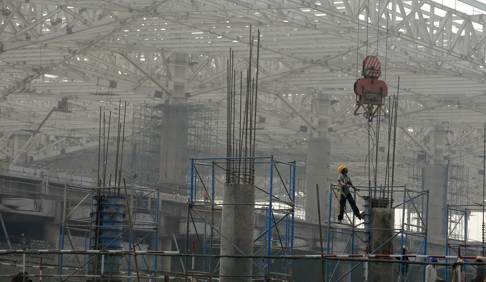
How Asia can blaze a trail to a greener, healthier future for the whole world
Andrew Sheng says the solution to climate change is largely in Asia’s hands, and the more advanced economies of Japan, Korea and Singapore have already proved that, with the right political and business will, it is possible to find answers to pollution and energy efficiency questions
There is a saying that China will grow old before it grows rich. The reality is that China may go grey before it goes green. Anyone living in Beijing today would feel the immensity of the air pollution, which is why China has been putting so much effort into the negotiations on climate change in Paris this month.
READ MORE: How China has gone from climate villain to hero in just six years
Global negotiations always start with the highest noble aspirations, ending up with the lowest common agreed position. But an agreement even on key principles would be a major achievement – an important signal to the end of a confusing year and some hope that the war on pollution could be just as important as the “war on terror”.
If Asia cannot solve its journey to a green, open and inclusive society, the world will go up in flames

There are three parties to blame for the current climate warming. The first is consumer lifestyle; the second, business production; and last, but not least, bad government policies and taxes/subsidies that encourage resource wastage and carbon emissions.
Urbanisation and higher income account for the bulk of the increase in carbon emissions. Going forward, most mega cities will be in Asia, so the solution to climate change will rest largely with Asian solutions. For example, China’s pollution problems will not be solved if every family has a car. Lifestyles can change, but as Clifford rightly points out, businesses can point the way, helping to educate the public on what is green and good. The Dutch discovered that if you put the electric meter near the front door, you will save 30 per cent more on your electricity bill than if you tuck it in a cupboard. Business in Asia is beginning to realise that green is not just a cost centre, but good for business opportunities.
Macquarie University professor John Mathews tells another story of the Greening of Capitalism: How Asia is Driving the Next Great Transformation. His narrative is more technical, going back to the basics of unsustainable economics of fossil fuel-driven industrialisation towards a new transformation to a circular economy (where resources and energy are recycled).


There is considerable hope about the greening of Asia, because the more advanced economies of Japan, Korea and Singapore have already proved that with the right political will, it is possible to deal with pollution and energy efficiency questions. Sharing that technology and know-how will accelerate the journey towards greening.
That is why Paris is an important signal, particularly to Asia. If Asia cannot solve its journey to a green, open and inclusive society, the world will go up in flames. The war on pollution is only just beginning.
Andrew Sheng writes on global issues from an Asian perspective

